
30-30 Winchester Vs. 30-06 Springfield – Cartridge Comparison There are an abundance of new cartridges on the market. It seems like every time we turn around, the market is flooded with some new “miracle” cartridge. Just in the .30 caliber realm we have .300 AAC Blackout (introduced in 2011), 7.62×40mm Wilson Tactical (also 2011), .30 Nosler (2016), and that’s just a few. While these newcomers are trying to prove their worth, plenty of hunters and target shooters choose to stick to the classics. Although the .30-30 Winchester and .30-06 Springfield have remained relatively unchanged for over a century, they remain two of the most popular cartridges available, especially among deer hunters. There’s really nothing exciting about these two cartridges. You would think that since both are well past their 100th birthday, they’d be destined for the retirement home. However, these cartridges are still alive and kicking after all these years for two very good reasons – they are reliable and effective. Let’s take a closer look at these two tried and true cartridges. By gaining a better understanding of the .30-30 Winchester and .30-06 Springfield, hunters and target shooters can better choose which cartridge is best suited for their individual needs.
A BRIEF LESSON IN AMMO HISTORY
The more you know about where you came from, the better you can appreciate where you are right now. This statement rings true for individuals, families, society…and ammunition. That is why we are going to start with a quick trip back to the origins of these two popular cartridges.
.30-30 WINCHESTER – A TRUE SPORTSMAN’S CARTRIDGE
Unlike many of America’s most popular cartridges, .30-30 Winchester does not have a military history. Instead, it was specifically developed for the civilian sportsman.
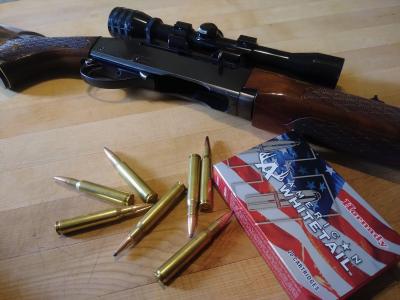
The .30-30 Winchester (you can just call it “thirty-thirty”) is one of America’s oldest hunting cartridges. Created by Winchester for use in its Model 1894 lever action rifle, it was the first cartridge to use smokeless powder. When the .30-30 made its catalog debut catalog in August 1895, it was listed as .30 Winchester Smokeless (the .30 referred to the diameter of the projectile). When rival gunmaker, Marlin picked up the cartridge, they dropped Winchester from the name (because rivalry) and added the -30, which represented the standard load of 30 grains of smokeless powder. The first versions of the .30-30 cartridge were loaded with 160-grain bullets. Today, .30-30 cartridges are typically available with either 150-grain or the heavier 170-grain projectiles. However, some ammo brands (like Hornady LeverEvolution) are bringing back traditional 160-grain projectiles.
.30-06 SPRINGFIELD – STRAIGHT FROM THE BATTLEFIELD
Unlike the .30-30 with its strong sporting heritage, the .30-06 Springfield (better known as the “thirty aught six”) was built for war. It was released by Springfield Armory and the United States military in 1906 (that’s what the -06 stands for).
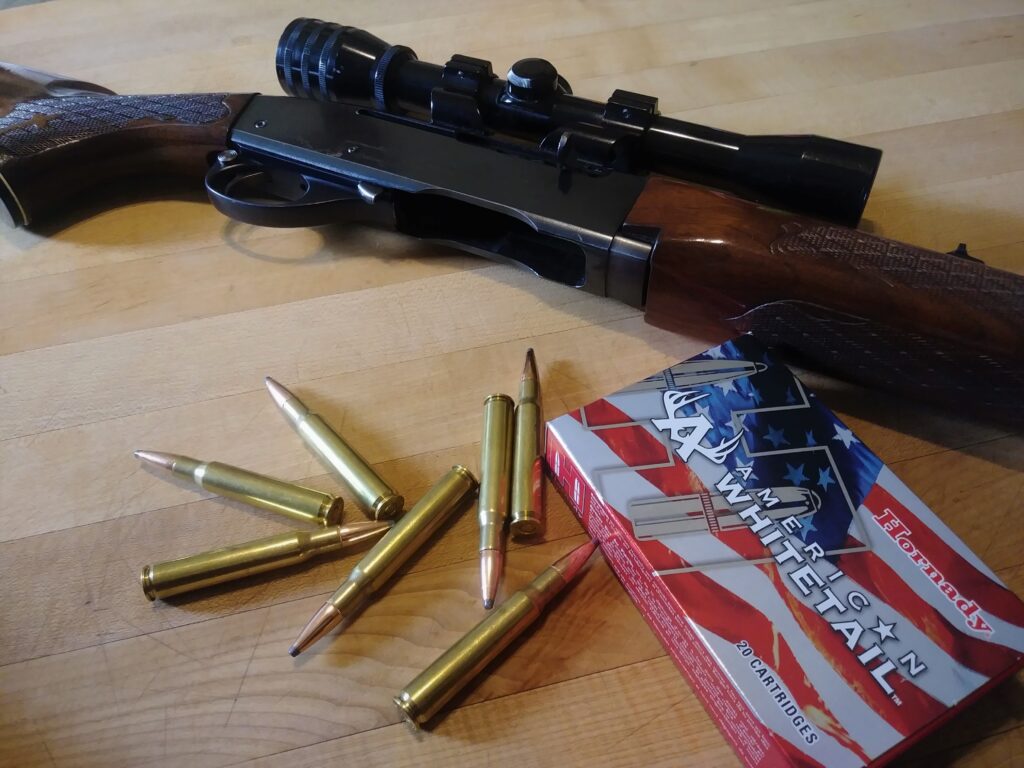
The .30-06 Springfield saw combat in several wars, including both World Wars, the Korean War, and Vietnam. For military purposes, the cartridge was perfect. The cartridge’s simple design allowed it to feed smoothly in both bolt actions and semi-automatics, and it delivered impressive ballistics (especially for the time period), consistent accuracy, and deadly terminal performance. Once soldiers returned home from military service, they again reached for the .30-06 Springfield. The qualities that made it an effective weapon on the battlefield, also made it a highly effective hunting cartridge. It was the obvious choice for big game hunting, especially since those former soldiers were already familiar and proficient with the .30-06. Although the .30-06 has since been retired from military service, it has not lost popularity as a hunting cartridge. It has been used to bring down every species of North American game, as well as numerous species native to the African continent.
COMPARING THE .30-30 WINCHESTER AND .30-06 SPRINGFIELD
While both these .30 caliber cartridges remain top sellers in the ammo industry, there are some significant differences. Let’s see how they match up in some important categories.

PRICE
The price of ammunition is often a tricky subject. Some shooters place a high priority on affordability. Others don’t care what they spend, as long as they like the performance. When comparing prices on these two popular cartridges, you should expect to spend a few more cents per round on .30-06 ammunition. For example, when comparing Remington Core-Lokt (a popular choice for deer hunting), .30-06 Springfield costs more than 15 cents per round more than .30-30 Winchester. However, deer hunting doesn’t typically involve high-volume shooting, so the savings on .30-30 over .30-06 is minimal. If you plan to use your ammo for other applications (especially if you plan to hunt large game at longer distances), the extra cost of .30-06 cartridges is probably worth the investment.
RECOIL
Recoil can have a major effect on accuracy and performance, especially for younger and inexperienced shooters. When a shooter anticipates the force of recoil, he or she may flinch, sacrificing form and accuracy. Recoil can also affect the shooter’s ability to quickly realign with the target for rapid, accurate follow-up shots. The .30-06 has a bit of a reputation for producing excessive recoil. For experienced shooters, this shouldn’t be a huge factor. However, the lighter recoil produced by the .30-30 Winchester makes it a great option for beginners or other recoil sensitive shooters.
VELOCITY
The velocity (or speed) of a bullet affects every aspect of performance, including trajectory, wind resistance, terminal energy transfer, and expansion. Generally speaking, the faster a bullet travels, the better it will perform. Although there is some overlap in velocity between the two rounds, the .30-06 Springfield typically comes out on top in the speed category. The .30-30 Winchester clocks in at speeds between 2,200 to 2,700 feet per second. Meanwhile, the .30-06 Springfield zips along at speeds from about 2,500 to 3,000 feet per second.
ENERGY
The .30-06 comes out on top in the energy category, too. Since the laws of physics (and mathematics) dictate that an object moving at a faster speed carries more kinetic energy than an object of the same weight traveling at a slower speed, the faster velocities of the .30-06 are enough to produce more energy than the typical .30-30 cartridge. While both cartridges produce enough energy for effective expansion and penetration on whitetails and other medium game, if you want to bring down something larger (like elk), the .30-06 is going to be the better option.
TRAJECTORY
When it comes to flat trajectories, the .30-06 wins hands down. Due to its faster velocities, the .30-06 Springfield maintains a flatter down range trajectory, especially for longer distances. When shooting at targets beyond 200 yards, the .30-06 has a clear advantage. However, at the typical hunting distances of 100 yards or less, both cartridges deliver similar performance.
FINAL THOUGHTS
When it comes to hunting, sometimes nostalgia is as important as performance. Both the .30-30 Winchester and .30-06 Springfield have been around for more than a century. Many hunters took their first deer with one of these two popular cartridges. For that reason alone, we should expect .30-30 and .30-06 to remain major players in deer hunting ammunition. However, both cartridges deliver proven accuracy and effectiveness on whitetails and other similarly sized game. If you need a cartridge for hunting whitetail deer or larger animals at longer distances, the 30-06 Springfield should be your preferred option. However, the .30-30 Winchester has plenty of potential for deer hunters, especially for those new to the sport. Plus, you get to shoot a lever action rifle, which is pretty cool in its own right.
Written by Aim High Shooters
Popular
-
 2000Rnds CCI Varmint 17 HMR 17 Grain JHP
Rated 4.81 out of 5
2000Rnds CCI Varmint 17 HMR 17 Grain JHP
Rated 4.81 out of 5$530.00$480.00 -
 9mm 124gr FMJ Troy USA made 500rds
9mm 124gr FMJ Troy USA made 500rds
$200.00$150.00 -
 7.62X39 SP Barnaul Ammo Russian 500rds
7.62X39 SP Barnaul Ammo Russian 500rds
$220.00$180.00 -
 9mm – 147 gr FMJ – Blazer Aluminum (3462) – 1000 Rounds
9mm – 147 gr FMJ – Blazer Aluminum (3462) – 1000 Rounds
$400.00$350.00 -
 Tapco Intrafuse SKS Stock System
Tapco Intrafuse SKS Stock System
$320.00$300.00

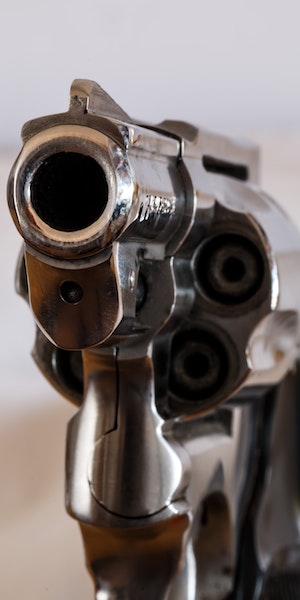
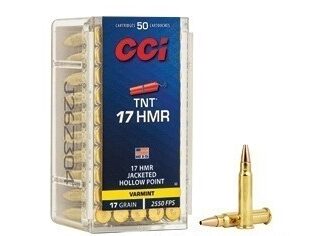

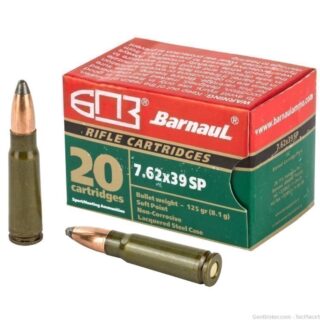

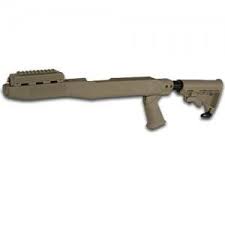
Leave a Reply